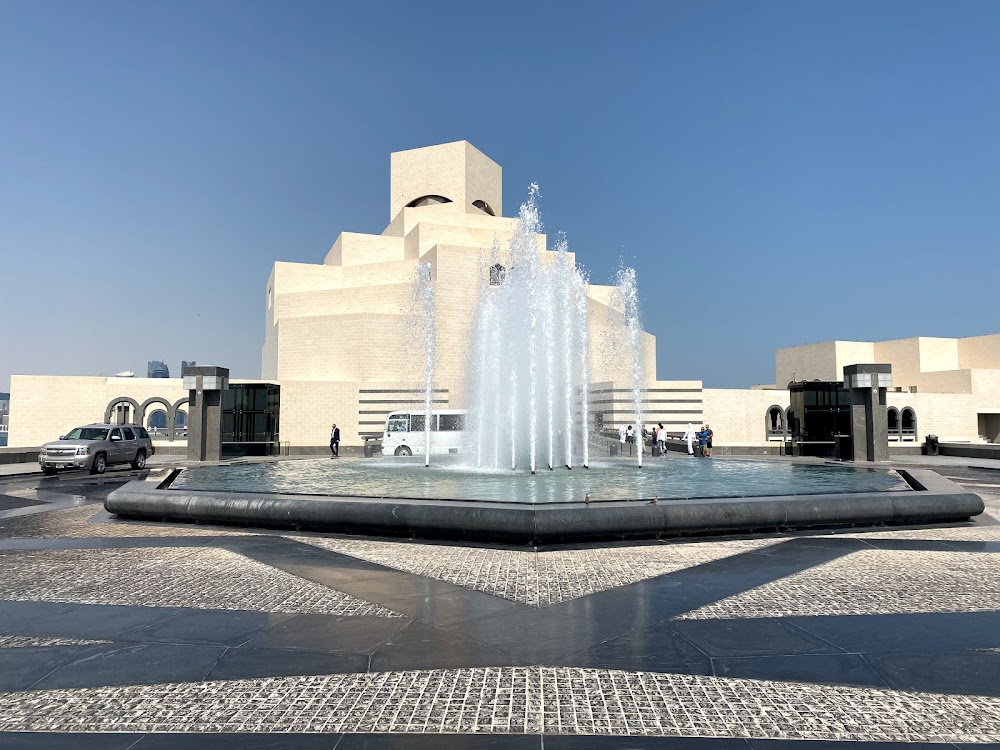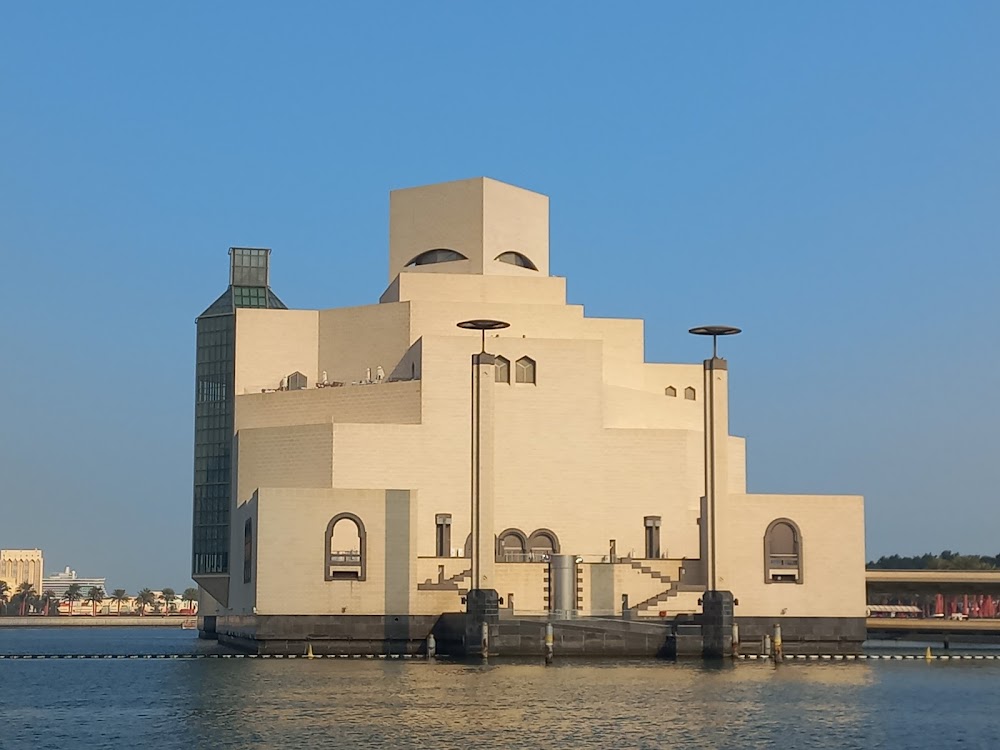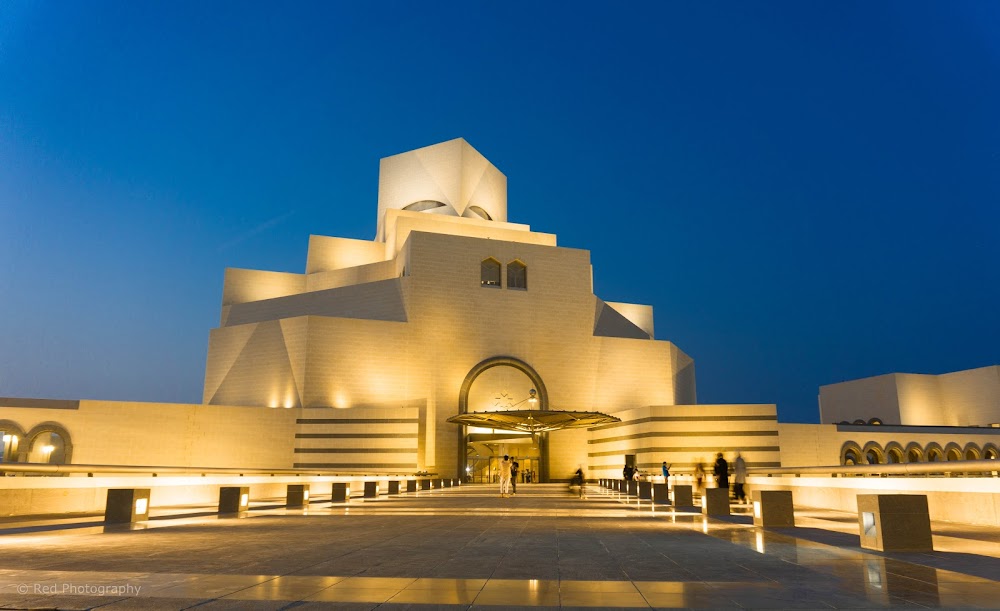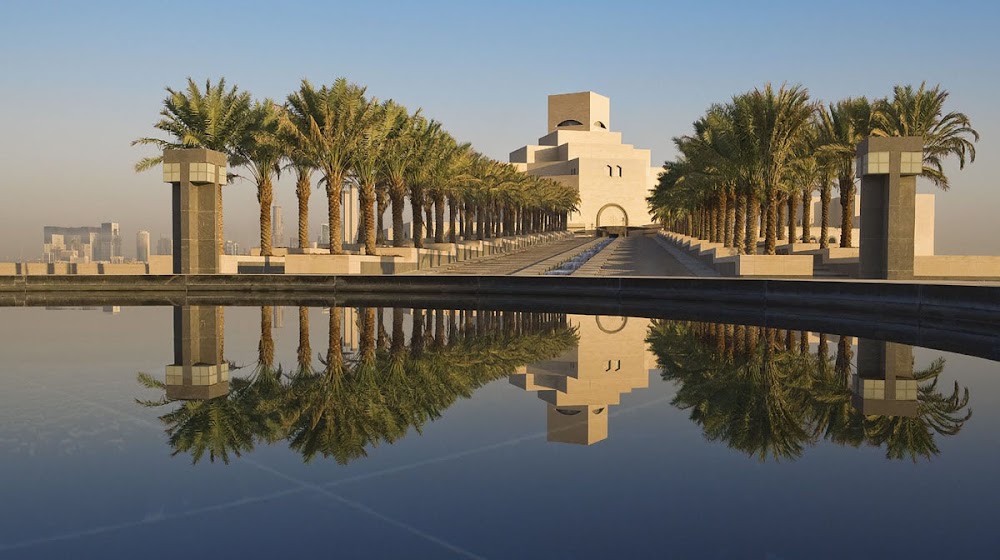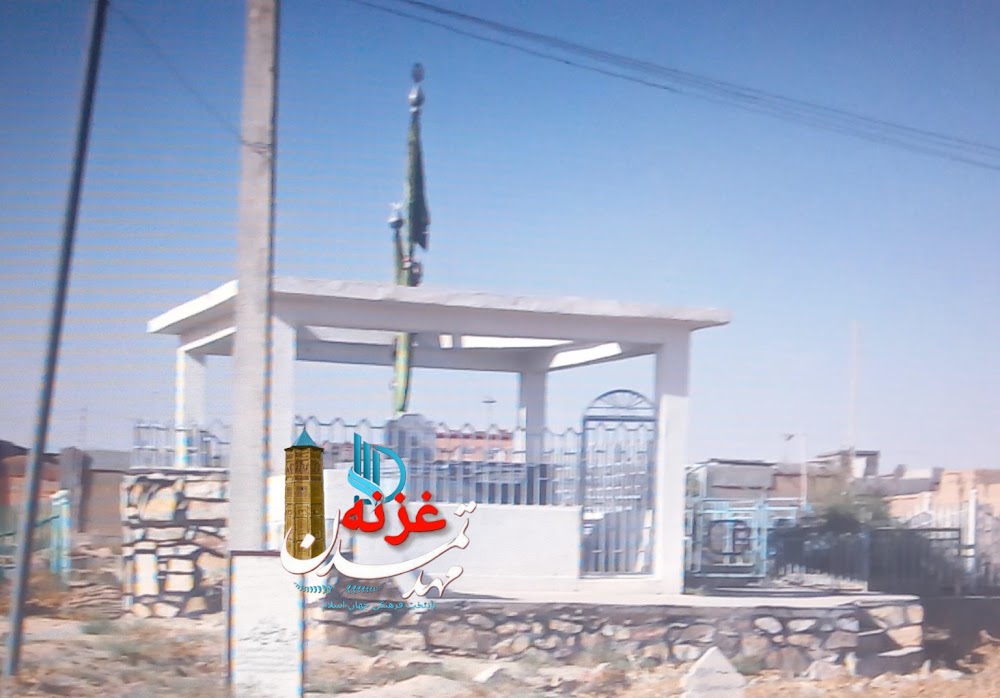Museum of Islamic Art (موزه هنر اسلامی)
Overview
The **Museum of Islamic Art** in Ghazni, Afghanistan, is an architectural and cultural treasure that vividly narrates the rich tapestry of Islamic art and heritage through its diverse exhibits and historical significance.
The museum's inception emerged during a time of renewed interest in preserving Afghanistan's Islamic heritage. Construction began in the early 1980s with the ambitious goal of creating a dedicated space to showcase art pieces spanning various eras and regions of the Islamic world.
Building the Museum of Islamic Art was a remarkable achievement given the limited resources and technologies available at the time. The structure itself is a stunning embodiment of Islamic architectural styles, featuring intricate geometric patterns, elegant calligraphy, and characteristic arches. Local artisans, skilled in traditional building techniques, were engaged to ensure the museum resonated with authenticity and deep respect for Islamic aesthetics.
Inside, the museum offers a meticulously curated experience, guiding visitors through a chronological journey of Islamic art, from its early origins to contemporary masterpieces. Each gallery presents a captivating array of artifacts, including ancient manuscripts, ceramics, textiles, metalwork, and exquisite calligraphy. Special attention has been devoted to preservation and display conditions, ensuring the longevity and integrity of these invaluable pieces.
A striking feature of the museum is its **domed entrance hall**, a significant element in Islamic architecture. This dome not only enhances the building's aesthetic allure but also symbolizes the universe and the infinite nature of divine creation, themes often explored in Islamic theology and artistry.
The museum has faced numerous challenges throughout its history, particularly during times of political instability and conflict. Despite these hurdles, dedicated efforts have been made to protect and preserve the collection. International collaborations and support have been crucial in the museum’s conservation initiatives, safeguarding the rich heritage it embodies for future generations.
To further engage the public, the museum regularly hosts **educational programs and workshops** that invite visitors, scholars, and students to explore the world of Islamic art and culture. These initiatives aim to foster a deeper appreciation and understanding of the diverse, dynamic nature of Islamic art, from its historical roots to its contemporary expressions.
Today, the Museum of Islamic Art in Ghazni stands as a beacon of cultural preservation and education. It attracts visitors from around the globe who are eager to delve into the artistic achievements and history of the Islamic world. More than just a repository of artifacts, the museum is a testament to the enduring legacy and influence of Islamic art and culture, illuminating the path of creativity and heritage for all who enter its halls.


